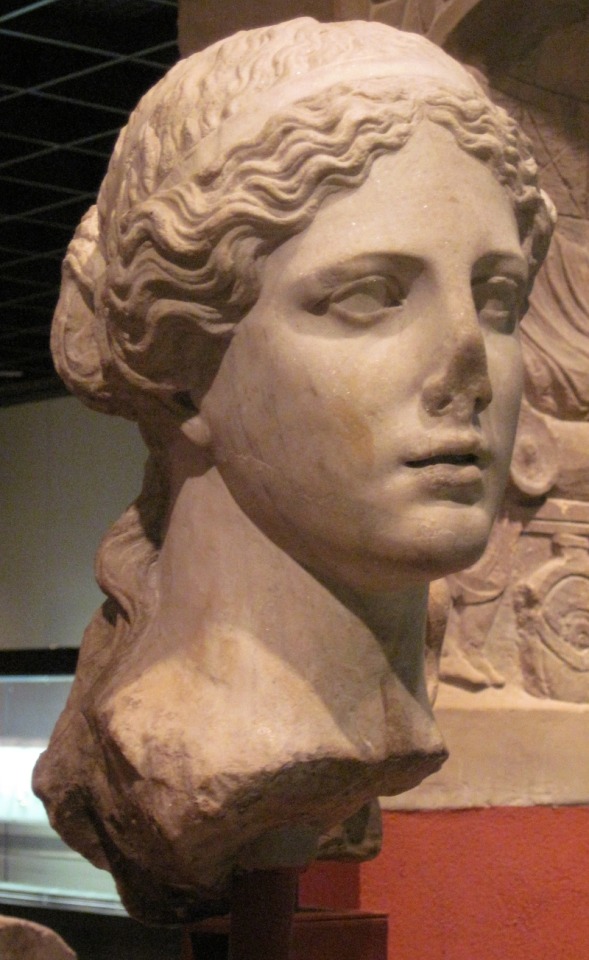#Praxiteles
Text
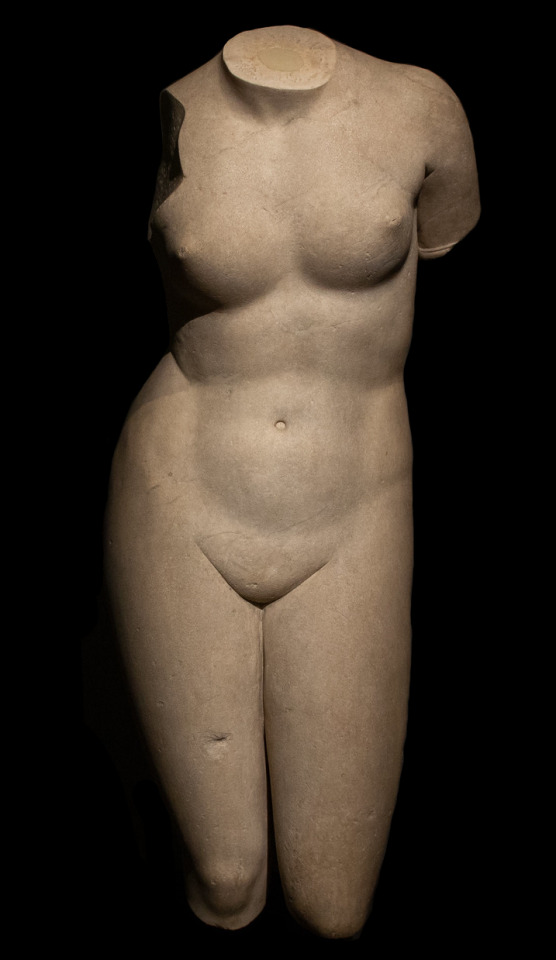
156 - Torse du type de l'Aphrodite de Cnide
d'après un original de Praxitèle
Marbre de Thasos
IIème siècle après Jésus-Christ
Musée du Louvre
Ce torse est du type de l'Aphrodite attribuée au sculpteur athénien Praxitèle, créée autour de 350 avant notre ère, et qui fut placée au sanctuaire de la déesse à Cnide.
#art#sculpture#mediterranean#venus#mythological art#praxitele#Praxiteles#aphrodite#fine art#european art#classical art#europe#european#fine arts#europa
164 notes
·
View notes
Text
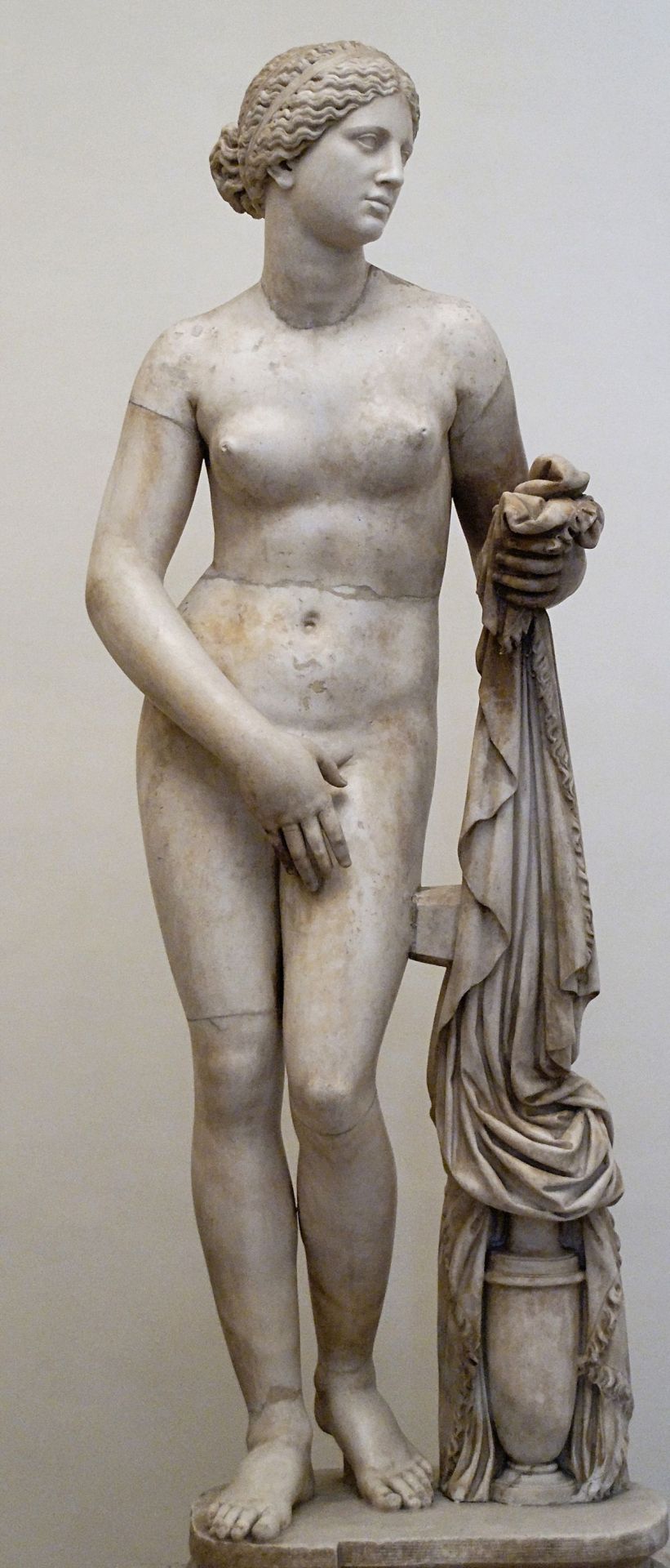
Praxiteles, Cnidus Aphrodite
37 notes
·
View notes
Text
#ClassicsTober23 27: ⚒️Pygmalion❤️

Pygmalion, the Cyprian sculptor who carved such a beautiful statue of Aphrodite that he fell in love with it and the goddess gave it life: it became Galatea (‘milky-white’, presumably because of the marble from which it was carved).
I love this scene of artisans and sculptors making things from bronze, which is on the outside of the Thetis and Hephaestus kylix - the ‘Foundry cup’ https://en.m.wikipedia.org/wiki/Berlin_Foundry_Cup

This sculptor seems to be making a statue of an athlete, with the statue leaning on a support while he’s about to put the head on. But Pygmalion carved from marble so I’ve put the head on my statue.
I’ve nicked the statue from Praxiteles, it having been the most successful Aphrodite statue!

https://en.m.wikipedia.org/wiki/Aphrodite_of_Knidos
#classicstober#classicstober23#greek mythology#tagamemnon#greek myth#illustration#greek myth comix#pygmalion#sculptor#ancient art#Aphrodite of knidos#Praxiteles
22 notes
·
View notes
Text
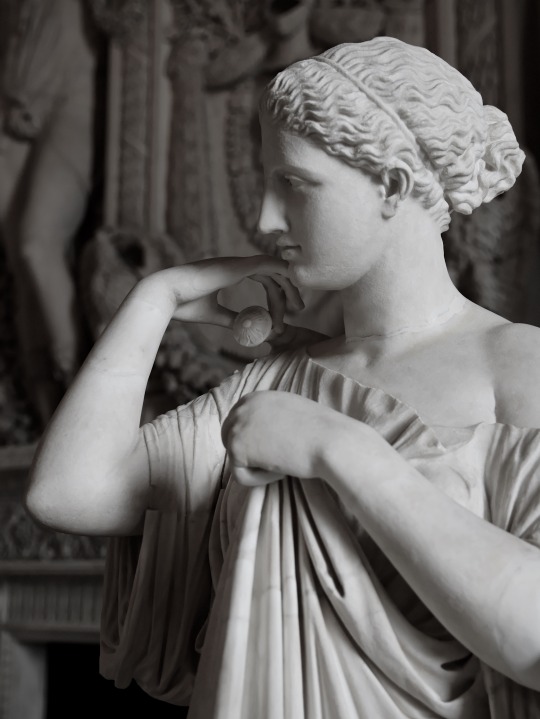
Copy after Praxiteles?
So-called Artemis of Gabii (FR: Diane de Gabies). Roman copy of the reign of Tiberius (14-37 CE) after a Greek original traditionally attributed to Praxiteles. Found in 1792 by Gavin Hamilton at Gabii, Italy. Now in the Louvre.
https://commons.wikimedia.org/wiki/File:Artemis_Gabii_Louvre_Ma529_n2.jpg
https://www.louvre.fr/en/explore/the-palace/at-the-heart-of-the-renaissance-palace
2 notes
·
View notes
Text

~340 a.Ch.n., Πραξιτέλης, Ἑρμῆς και Διόνυσος
#Praxiteles#Πραξιτέλης#Hermes et Dionysos#Ἑρμῆς και Διόνυσος#saec. IV a.Ch.n.#340 a.Ch.n.#sculptura#Αρχαιολογικό Μουσείο Ολυμπίας#Olympiae#Hermes#Mercurius#Dionysos#Bacchus#43MHQBF
26 notes
·
View notes
Photo

The Capitoline Venus, from an original by Praxiteles, 4th century BC. #capitolinemuseum #rome #italy #museicapitolini #capitolinevenus #museum #capitolinemuseums #venus #statue #sculpture #marblesculpture #praxiteles #antiquity #4thcentury #4thcenturybc #romanantiquity #romanantiquities #history #art #artwork #artefact #goddess #mythology #mythological #ancientrome #ancienthistory #sculptureart #marble #discovery #excavation (at Musei Capitolini) https://www.instagram.com/p/CkLxPq1IbKm/?igshid=NGJjMDIxMWI=
#capitolinemuseum#rome#italy#museicapitolini#capitolinevenus#museum#capitolinemuseums#venus#statue#sculpture#marblesculpture#praxiteles#antiquity#4thcentury#4thcenturybc#romanantiquity#romanantiquities#history#art#artwork#artefact#goddess#mythology#mythological#ancientrome#ancienthistory#sculptureart#marble#discovery#excavation
11 notes
·
View notes
Text
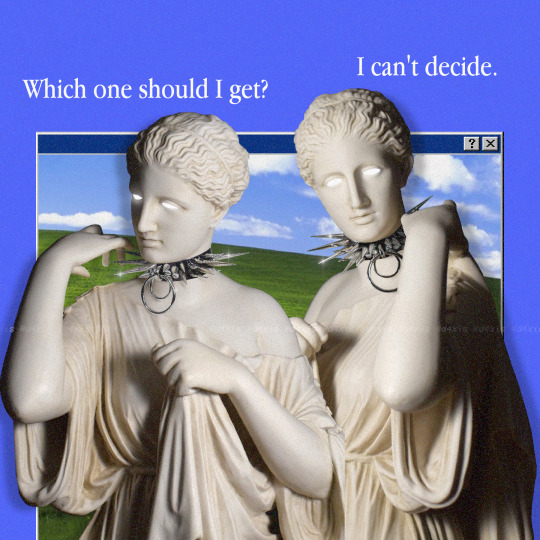
they're just the same, Diana...
.
.
.
sculpture of Diana of Gabii (represents the goddess Artemis), Praxiteles
.
choker by @oddiastore
#art#aesthetic#arte#artista#artist#aestheticart#aesthetic#vaporwave#vaporwaveart#vaporwave#vaporwaveaesthetic#sculpture#praxiteles#roma#graphics#design#visual#visualart#windows#y2k#cyberwave#cyberpunk#artemis#minimalist#minimalism#aestheticedits#greece#antique
2 notes
·
View notes
Text
Praxiteles' Aphrodite of Knidos my beloved 💕
2 notes
·
View notes
Text



instagram.com/p/CqgIutBowy7/?igsh=MXVhazI1bWF4emFmcA==
1 note
·
View note
Text

#danganronpa#danganronpa stance#praxiteles#contrapposto#please tell me im not the only one who sees this
1 note
·
View note
Text
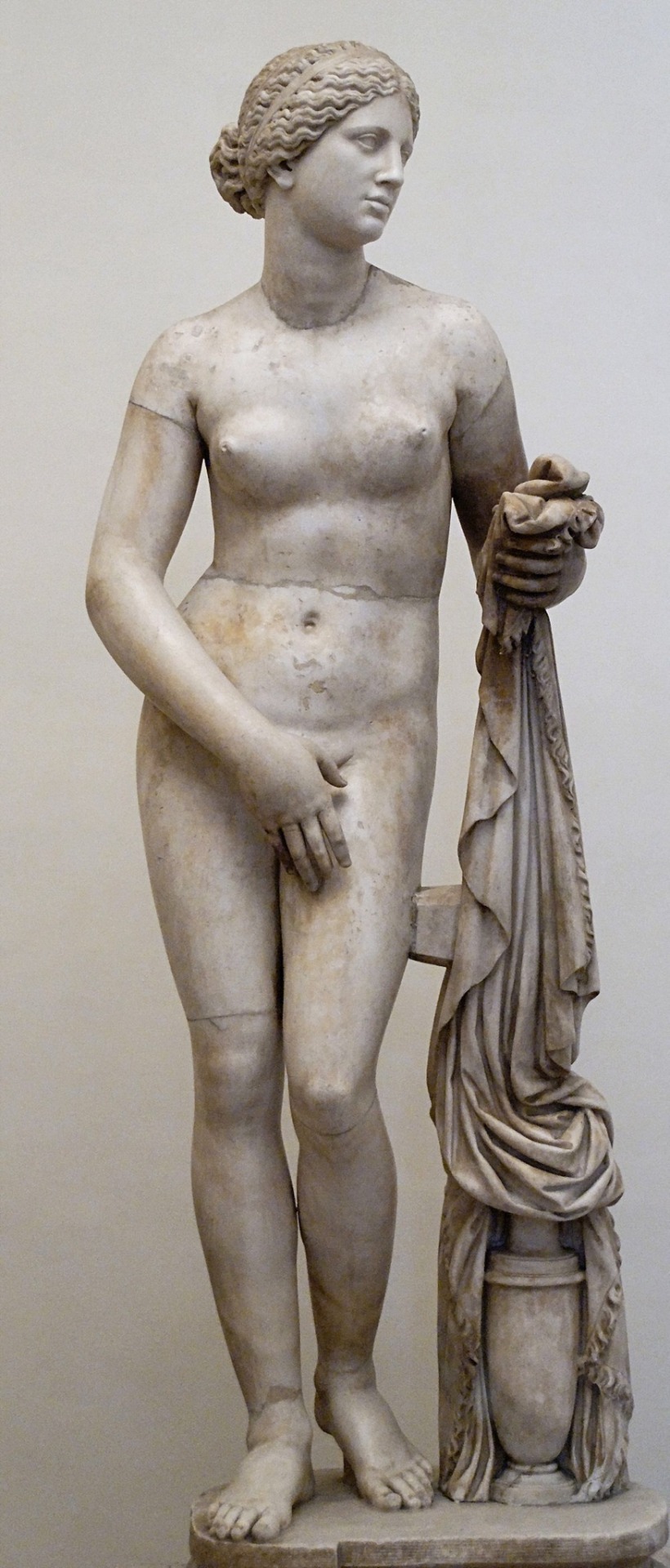
“Aphrodite of Knidos” by Praxiteles of Athens, 4th Century BC
#aphrodite#aphrodite of knidos#greek mythology#praxiteles of athens#greek art#sculpture#greek sculpture#greek late classical period
53 notes
·
View notes
Text
literally 99% of watching supernatural is being like “whoopsie! the shadows fell on sam’s chiseled grecian bone structure a little too erotically and made him look like a Praxiteles sculpture and then Dean’s inhuman glowing marble eyes caught the light at the perfect angle which hypnotized me in such a way that i missed the plot of the entire episode. Oops haha. Rewind!”
#and on and on like this for 15 seasons#can’t focus on a gd thing coming out of their mouths#spn#supernatural#dean winchester#sam winchester#sam and dean
508 notes
·
View notes
Text






cleveland art museum never disappoints me i love her
#the big headless marcus aurelius is sooo imposing. also not pictured the dubious praxiteles apollo that im enamored with#i shouldve been an art history girlie i had a million courses on it
1 note
·
View note
Text

Statue of Apollo 'Lizard Killer' Found at Etruscan and Roman Spa
Archaeologists have found a marble statue of Apollo Sauroctonos, also known as the “Lizard Killer”, during excavations of an Etruscan and Roman spa at San Casciano dei Bagni in Tuscany.
The spa is fed by geothermal springs, which the Etruscans used to supply water at a mean temperature of 42 °C (108 °F) to the complex of Balnea Clusinae.
According to legend, the site was founded by Porsenna, an Etruscan king of Chiusi, although archaeologists suggest that the complex was built by the Etruscans in the third century BC.
During the Roman period, the spa became a popular attraction for the therapeutic benefits, with notable figures such as Caesar Augustus being a frequent visitor.


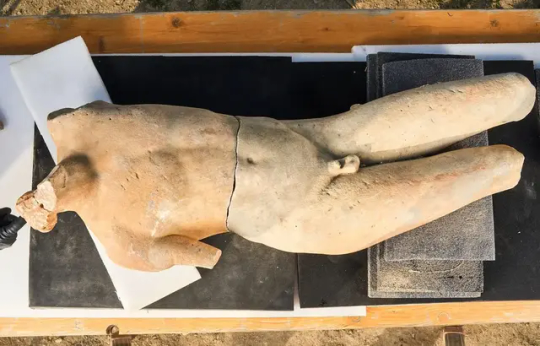
Archaeologists have found fragments of a life-sized Apollo Sauroctonos statue on the edge of the Great Bath, which are Roman copies of a bronze statue created by the Greek sculptor Praxiteles, the most renowned of the Attica sculptors of the 4th century BC.
Example copies generally date from the 1st to 2nd century AD and depict Apollo in his youth about to catch a lizard climbing up a tree. The Roman poet, Martial, wrote an epigram about the Apollo Sauroctonos statues “Spare the lizard, treacherous boy, creeping toward you; it desires to perish by your hands.”

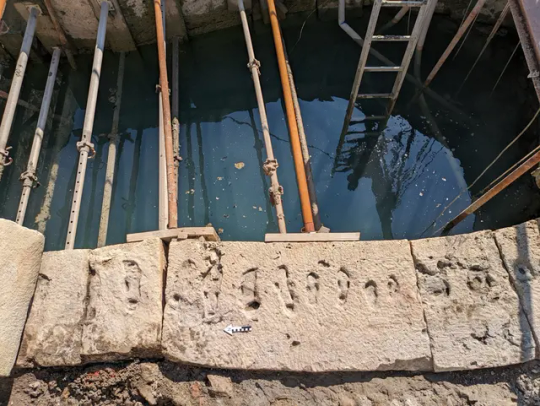
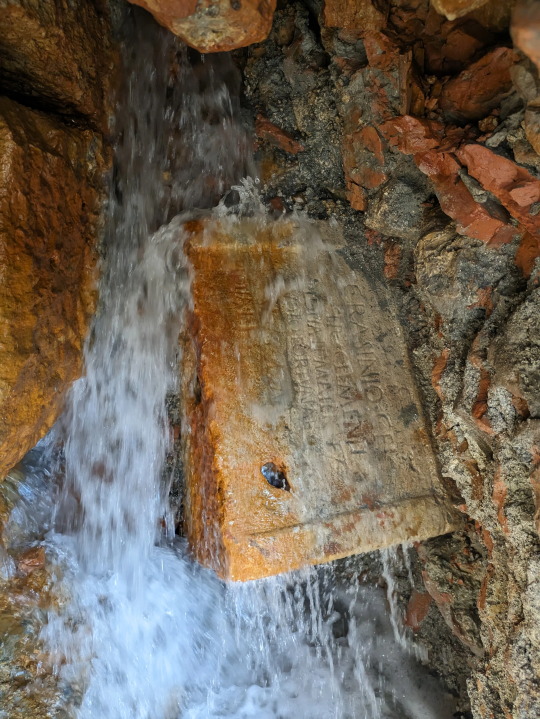
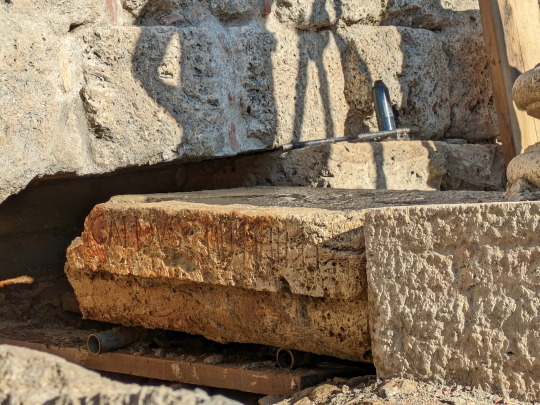
Apollo, revered as the deity associated with healing and ailments, received votive offerings from petitioners seeking remedies for their afflictions. Additionally, the depiction of Apollo hunting a lizard can be associated with ophthalmology, as lizards were considered a key ingredient for curing eye complaints.
Excavations also uncovered a travertine votive altar with a bilingual inscription in Latin and Etruscan from the 1st century AD, indicating the ongoing influence of Etruscan culture well into the Roman Imperial Era.
By Mark Milligan.


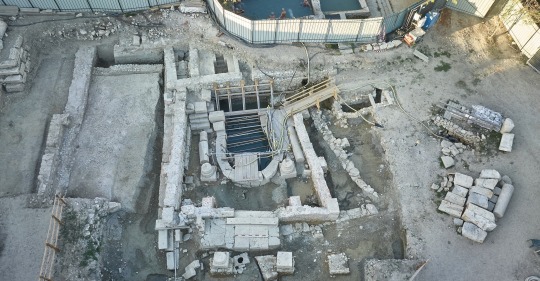
#Statue of Apollo 'Lizard Killer' Found at Etruscan and Roman Spa#San Casciano dei Bagni in Tuscany#statue#sculpture#ancient artifacts#archeology#archeolgst#history#history news#ancient history#ancient culture#ancient civilizations#roman history#roman empire#roman art#ancient art
127 notes
·
View notes
Text

Bacchus Roman sculpt. 2nd century AD, marble - Galleria Borghese - Rome, Italy.

Dionysus, after a Hellenistic model, 2nd century AD, marble, ex-coll. Cardinal Richelieu, Louvre, Paris, France

Bacchus with Pan, 1496/97 Michelangelo, 1475/1564, Museo del Bargello, Florence, Italy.

Dionysus, Roman, Hadrianic period, 117-138 AD, after a type attributed to Praxiteles, c. 350 BC, marble - Galleria Borghese - Rome, Italy

Dionysus. Bronze. 117—138 CE. Roman National Museum, Palazzo Massimo alle Terme.Rome.
Note the thyrsus held in the hand. Main attribute of Dionysus, then Bacchus, it is a symbol of prosperity, fertility and hedonism.
This scepter, decorated with ivy, vine, sometimes tied with a tænia (ribbon) and topped with a pine cone, an artichoke or a pomegranate.
Which one do you think is the most desirable ?
For me it is this bronze, of which the anonymous author was able to give a haughty appearance...
58 notes
·
View notes
